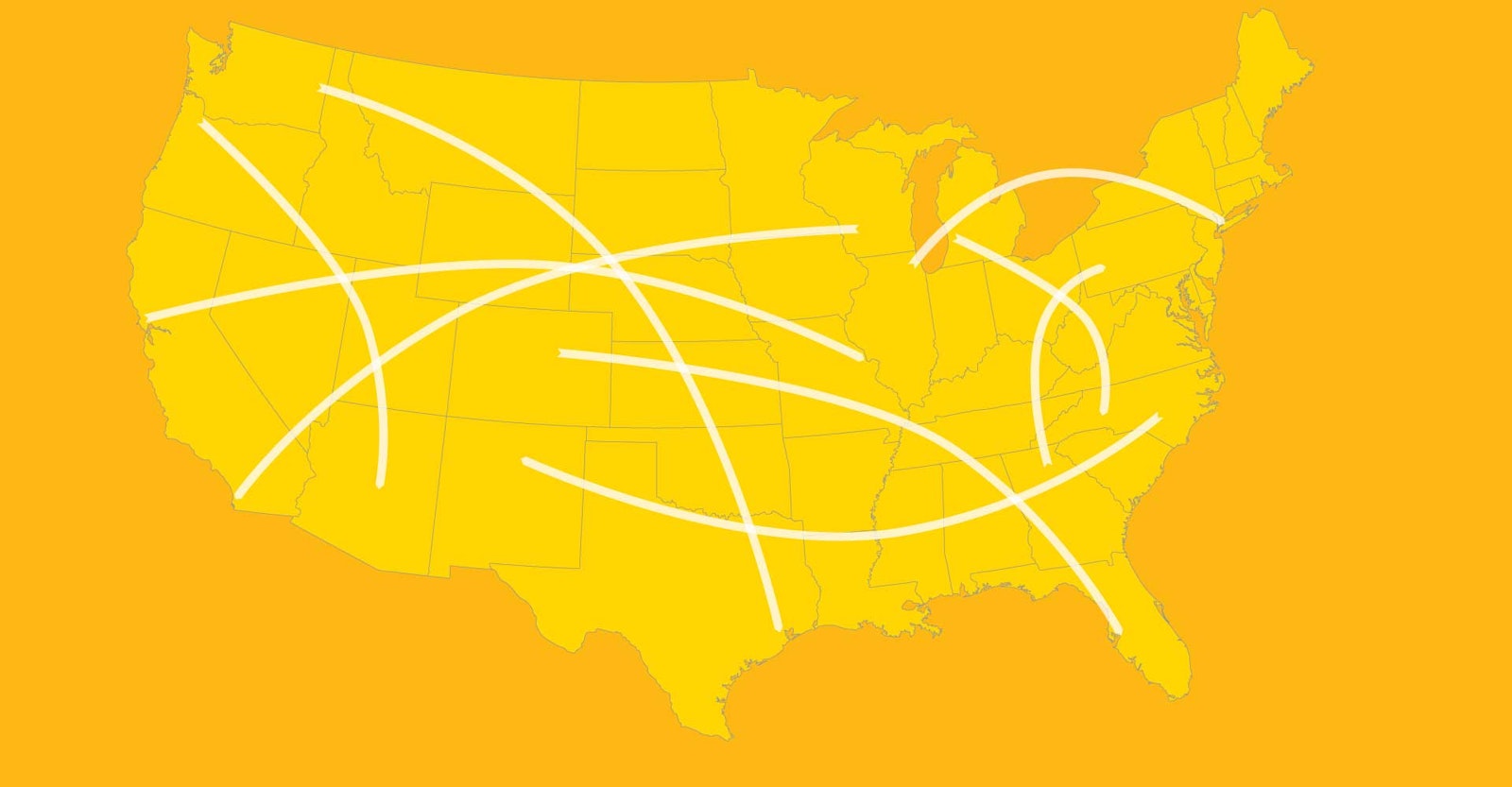These are difficult days for the beer market. Even before the COVID-19 crisis struck and caused the shutdown of bars and restaurants across the country, the industry overall had been dealing with flat or declining sales for a few years.
Many factors have contributed to this decline, from market saturation to competition from hard seltzers to the general trend of reduced alcohol consumption. Whatever the reasons, this decline has led many brewers to look at the direct-to-consumer (DTC) shipping model as an attractive prospect. Afterall, DTC shipping of wine brought in more than $3 billion in revenue in 2019, allowing smaller producers to gain a national presence. Craft brewers, with unique and rare products and compelling personal stories, could particularly benefit from accessing this market.
The question, then, is why isn’t DTC shipping of beer as widespread as it is for wine?

